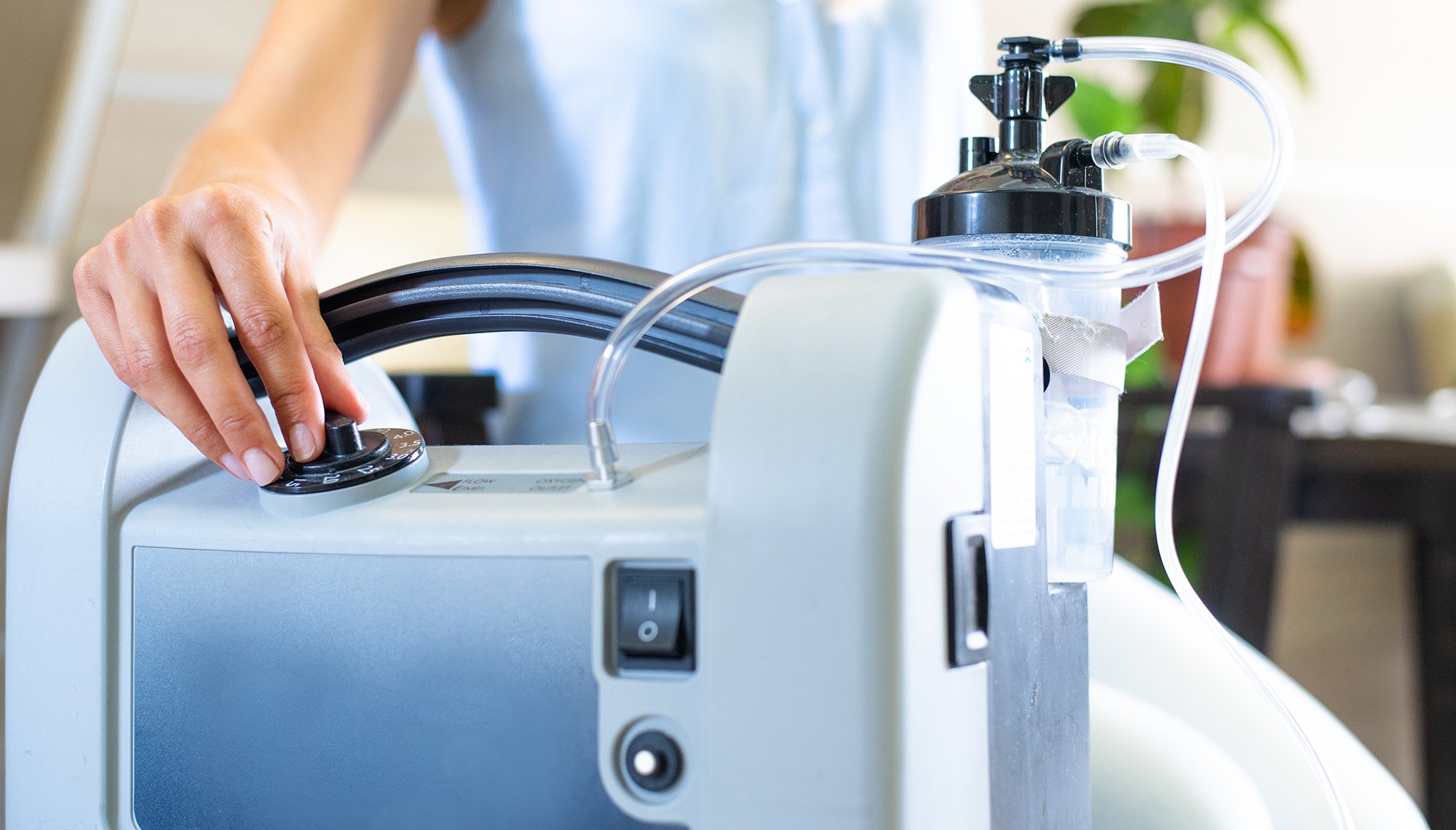Trends in Global Medical Device Design and Development

10 Oct 2023
Discover how regulatory requirements, patient access, usability, cybersecurity, sustainability and more are transforming the medical industry
As the Global Director of our Medical and Laboratory business, I find myself energized coming to work each day, as we are extremely fortunate to have a first-hand view of the rapidly changing technologies and advancements in the medical industry. As a third-party testing lab, we have a unique opportunity to support medical device manufacturers across the globe – all with the vision to improve healthcare and patient outcomes – employing state-of-the-art standards and technology.
In this blog post, I'll share my perspective on some of the emerging trends that have been transforming the medical industry, and thoughts as we head into the future.
Navigating Complex Regulatory Requirements
The medical industry is no stranger to regulatory and compliance requirements, as this has always been a non-negotiable for medical manufacturers. With technology advancing and patient need increasing and evolving, we see that the regulatory environment remains dynamic. The introduction of the Medical Device Regulation (MDR) in the European Union has reshaped how we navigate these complex waters, and although we've seen an extension to the deadline for already cleared products under the previous Medical Device Directive (MDD), we know that the transition will continue to be at the forefront of manufacturers minds for years to come. Equally, we see the U.S. Food and Drug Administration (FDA) publishing new guidance documents and requirements surrounding topics like cybersecurity, launching the Accreditation Scheme for Conformity Assessment (ASCA) Pilot Program, and expect changes to the overall 510K submission process. Staying up to date with regulatory changes is essential to bringing medical innovations to market.
Shrinking Sizes Mean Better Access
One trend that we have seen gain momentum and has been exacerbated since the pandemic is the demand for smaller and more portable medical devices. Patients today are looking for convenience, and healthcare providers are responding with more compact, user-friendly devices. This shift towards portability is driven by the growing interest in home healthcare (remote) solutions and the desire for devices that patients can easily manage on their own.
Patients as Individuals
Medical devices are no longer designed with a one-size-fits-all approach. Exciting advancements in genomics and diagnostics are steering us toward highly personalized treatments and healthcare plans. These devices take into account an individual's unique genetic makeup, background, and health requirements, promising a more effective and targeted approach.
Putting Users First
Human-centered design principles have become critical in the approach to medical device development. The focus is not squarely on healthcare professionals any longer, but also patients. Although we have considered the IEC 60601-1-6 standard and usability for many years, the idea of "putting users first," continues to guide development. Devices are being designed with usability and user satisfaction as top priorities, ensuring products meet the real-world needs of those who rely on them.
Power of Connectivity
Medical devices are no longer standalone entities; they have become part of a larger ecosystem. This connectivity enables remote patient monitoring, facilitates real-time data exchange between patients and healthcare providers, and strengthens communication between devices and doctors as well. It's a game-changer in terms of improving patient care and streamlining medical processes and procedures.
Cybersecurity Matters
With the increasing connectivity of medical devices, cybersecurity has become a critical concern. Protecting patient data and ensuring device functionality and safety in the face of potential threats is a top priority for medical device manufacturers. We see global groups and regulatory agencies like the International Medical Device Regulators Forum (IMDRF), the FDA, European Commission, and other countries following suit with rules and requirements for Cybersecurity compliance.
Sustainability in Healthcare
Sustainability is at the forefront of organizations in different industries, all over the world, and we see this reflected in the medical device industry as well. We see medical manufacturers exploring eco-friendly practices and materials to reduce waste and minimize our environmental impact.
Shifting Materials
With advancing technology, our industry is seeing a shift in the materials used within medical devices. Advanced materials, including those that are biocompatible or bioresorbable options, are gaining prominence. Not only do these materials enhance the devices performance, but they also reduce the risk of adverse reactions, ultimately improving overall patient safety and satisfaction. Testing for volatile organic compounds (VOCs), performing toxicity assessments and employing an overarching biocompatibility strategy will continue to be a prominent trend as we continue into the future.
Artificial Intelligence – Revolutionizing Healthcare
Last but not least, and perhaps the most exciting development, is Artificial intelligence (AI) and machine learning technologies that have emerged as transformative forces in medical device design and development. These technologies can be powerful for enhancing diagnostics, treatment planning, and overall patient care by analyzing data with unparalleled accuracy and efficiency. When used in the correct way, AI is a trusted partner and can help improve patient outcomes. Moving into the future we will see standards and regulations published to address a technology that will likely become commonplace in medical products and systems.
The world of medical device design and development is a dynamic landscape, constantly shaped by technological advancements and the changing needs of the healthcare industry and patients. These are just a few of the key changes and developments on the horizon in this rapidly evolving industry. Listen to our medical podcast – Compliance with Clarissa – to stay up to date with medical device industry developments.

Clarissa Benfield,
Global Director and Business Leader, Medical and Laboratory
With 15 years of experience supporting the Assurance, Testing, Inspection, and Certification industry, Clarissa is dedicated to Intertek's mission of bringing quality, safety, and sustainability to life. As a leader in the medical and laboratory space, she is passionate about working with manufacturers bringing innovative technologies and life-altering products to market.